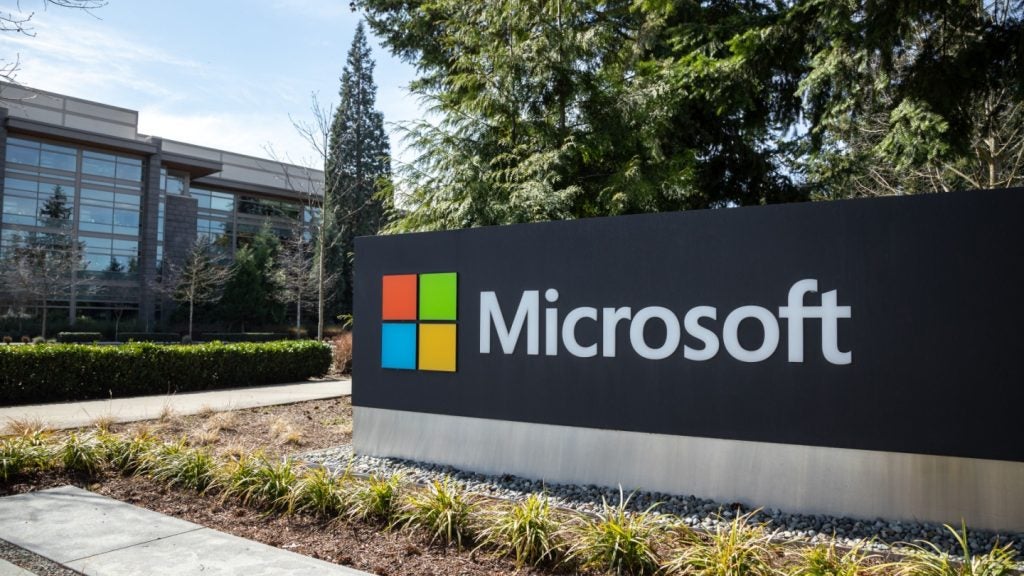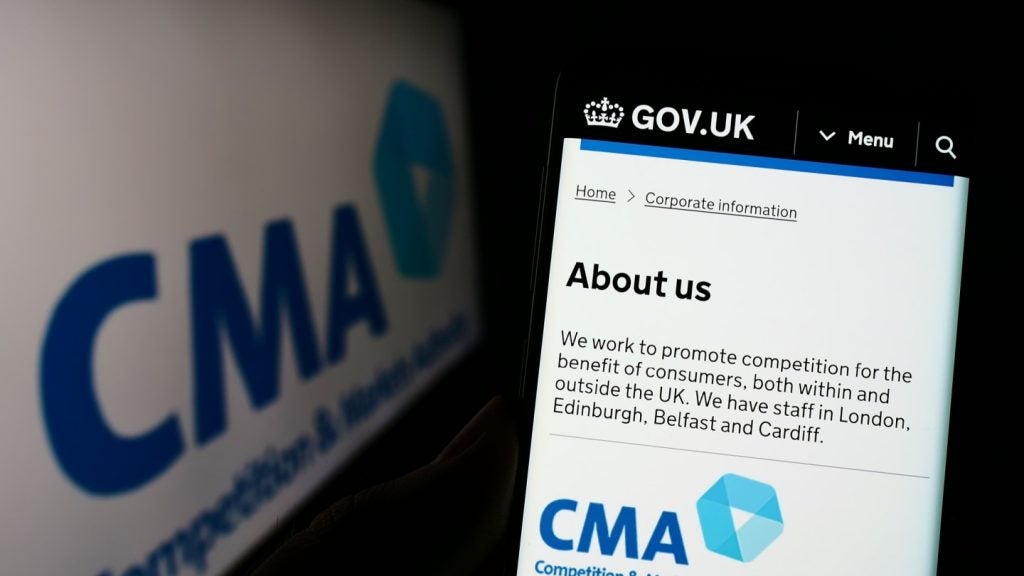
Telecommunications providers worldwide are currently racing to enhance their network capacity for residential homes. This is to allow for bandwidth competition in the COVID-19 induced spike in home broadband usage. But it’s the video and gaming streaming providers that hold all the important cards. This is leading to a new relationship between governments, regulators, telecommunications providers and Silicon Valley.
As millions of families hunker down for the COVID-19 lockdown, tensions will be rising as competition for available home bandwidth intensifies. Kids need to access their learning portals, parents need to video conference colleagues and clients – and at the same time, all family members will be feeling the urgent need to communicate with the outside world, check-up on friends and family and stay connected.
Several leading telecommunications providers are now providing the industry with regular updates on home online service patterns – and the spike is plain to see.
No bandwidth template for current situation
Problematically, there is no network capacity or bandwidth forecast template for the situation in which we find ourselves today. The quantitative industry has always reckoned with network traffic management scenarios with typical peak/off-peak times based on the common user movement and school-attendance time profile of the average online gamer. The COVID-19 lock-down will throw all that to the wall.
That spike has certainly been exacerbated by the launch of free content and streaming service gifts from telecommunications providers, as an initial response to lockdown imposition across Europe, and elsewhere. Over the top media services (OTTs) have also piled in, providing free access to streaming subscription services, in an effort to market the utility of digital at a time when millions are at home, and have time on their hands.
But those kind of sudden surges in bandwidth consumption risk network overload – precisely when governments and telecommunications providers need to keep the population online and engaged. Last week, The EU requested leading video streaming providers such as Netflix and Alphabet’s YouTube to reduce the streaming quality of their services in Europe, to reduce that risk. Remarkably, the OTTs agreed, reducing much of their content to Standard Definition, as well as promising to work with governments to reduce stress on the network in these critical times.
How well do you really know your competitors?
Access the most comprehensive Company Profiles on the market, powered by GlobalData. Save hours of research. Gain competitive edge.

Thank you!
Your download email will arrive shortly
Not ready to buy yet? Download a free sample
We are confident about the unique quality of our Company Profiles. However, we want you to make the most beneficial decision for your business, so we offer a free sample that you can download by submitting the below form
By GlobalDataGaming market poses an overload threat
There’s no doubt that Netflix and Alphabet, as well as OTTs now following with similar actions, have demonstrated superb industry leadership with this compromise and gesture, but online gaming service providers must now follow suit.
Although video streaming represents the lion’s share of residential internet traffic in Europe, interactive online gaming is a substantially greater threat in network overload terms. Any mass market spike in activity will have significant consequences for vital government and functions for markets in COVID-19 lock-down mode.








Related Company Profiles
Netflix Inc
Alphabet Inc